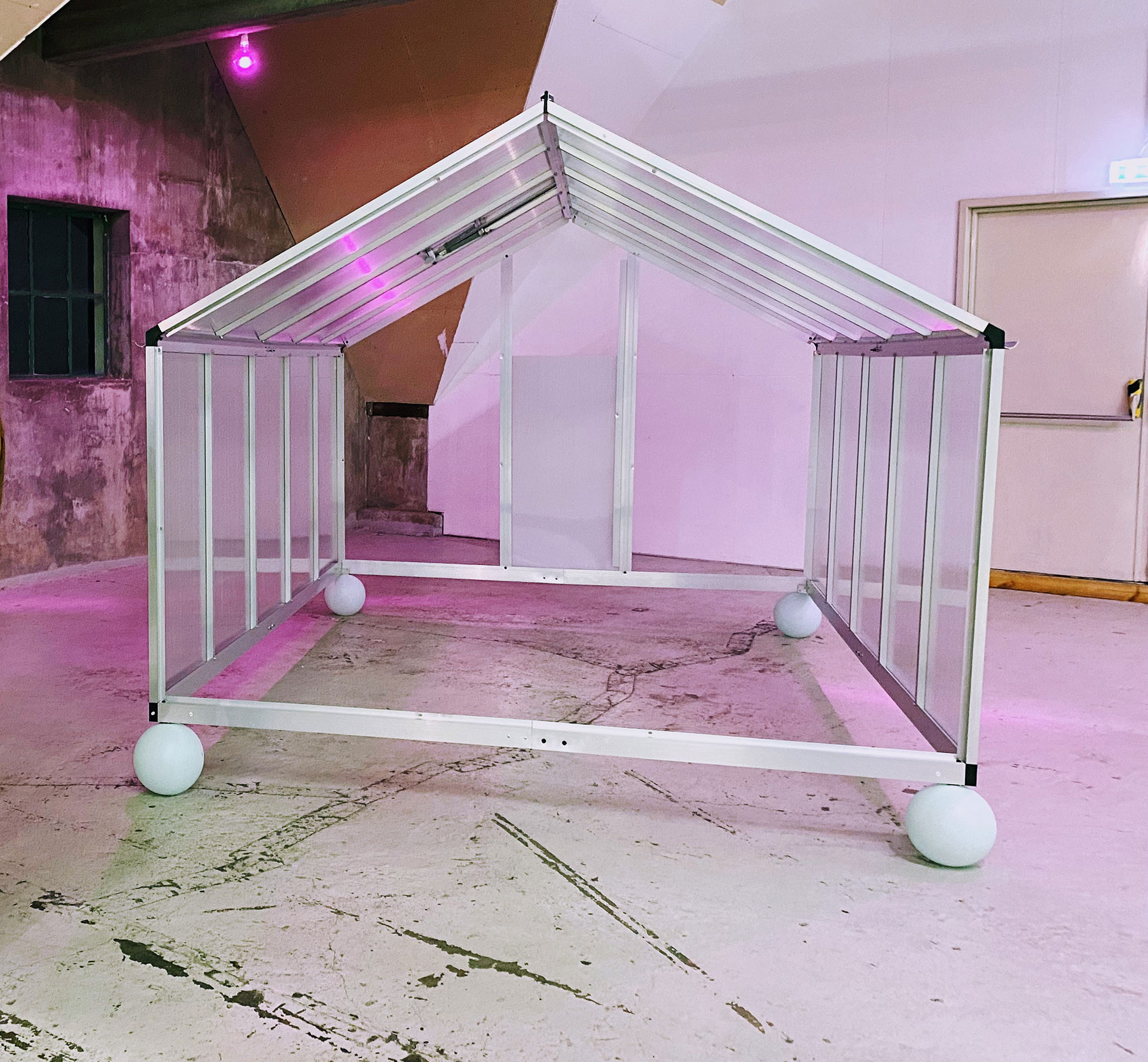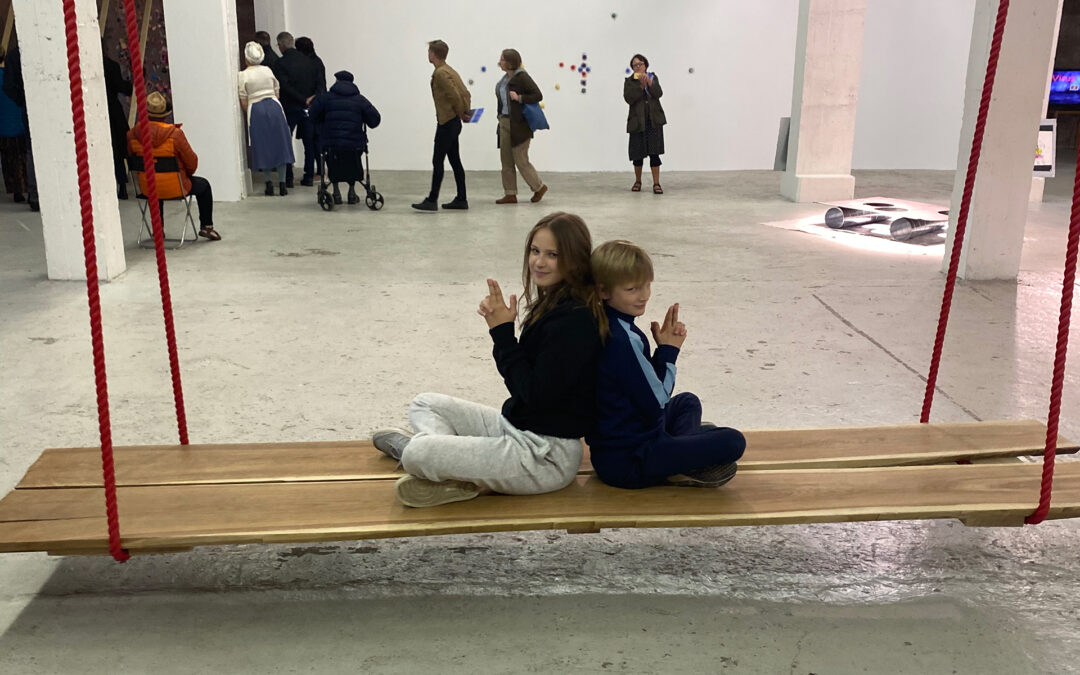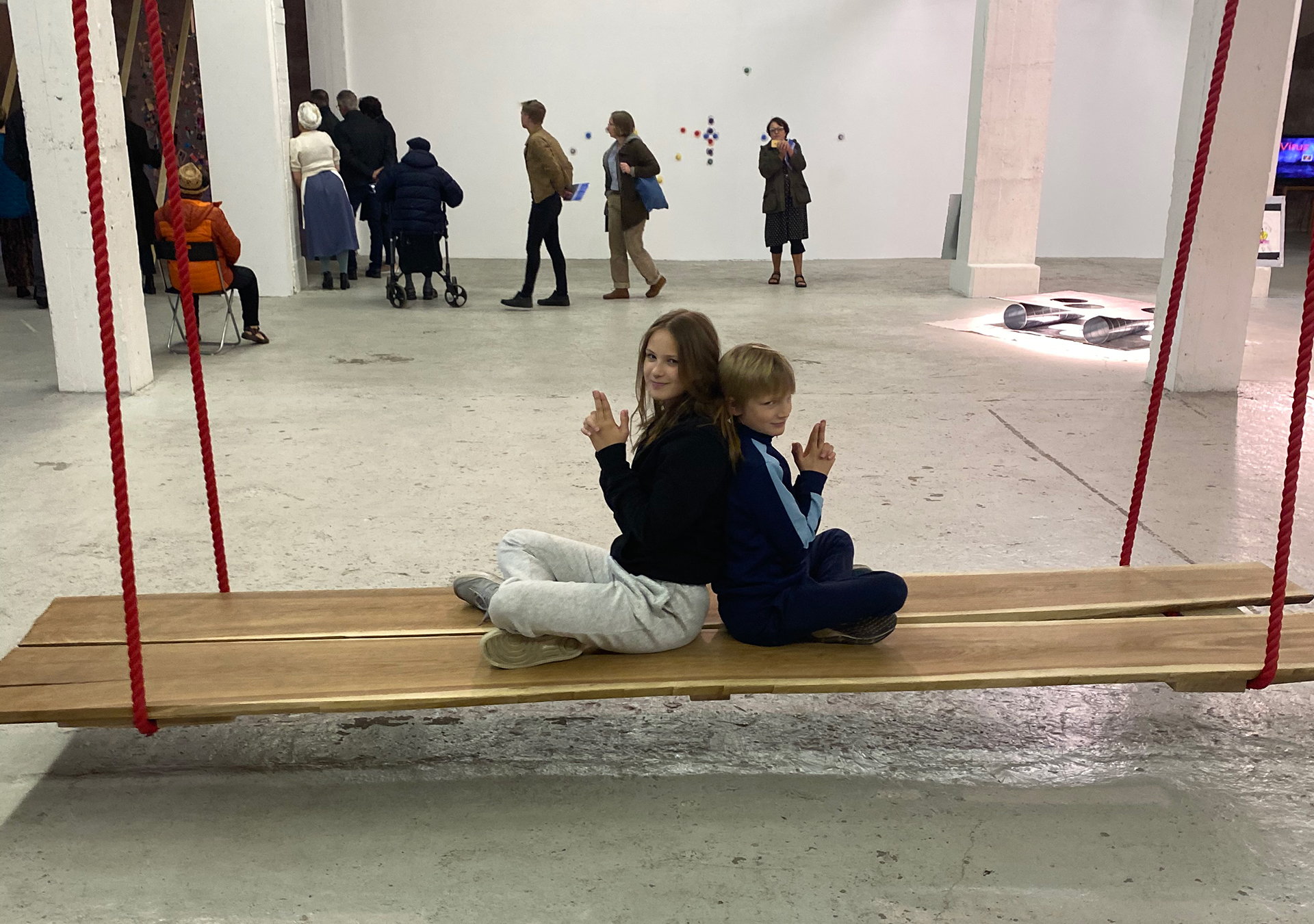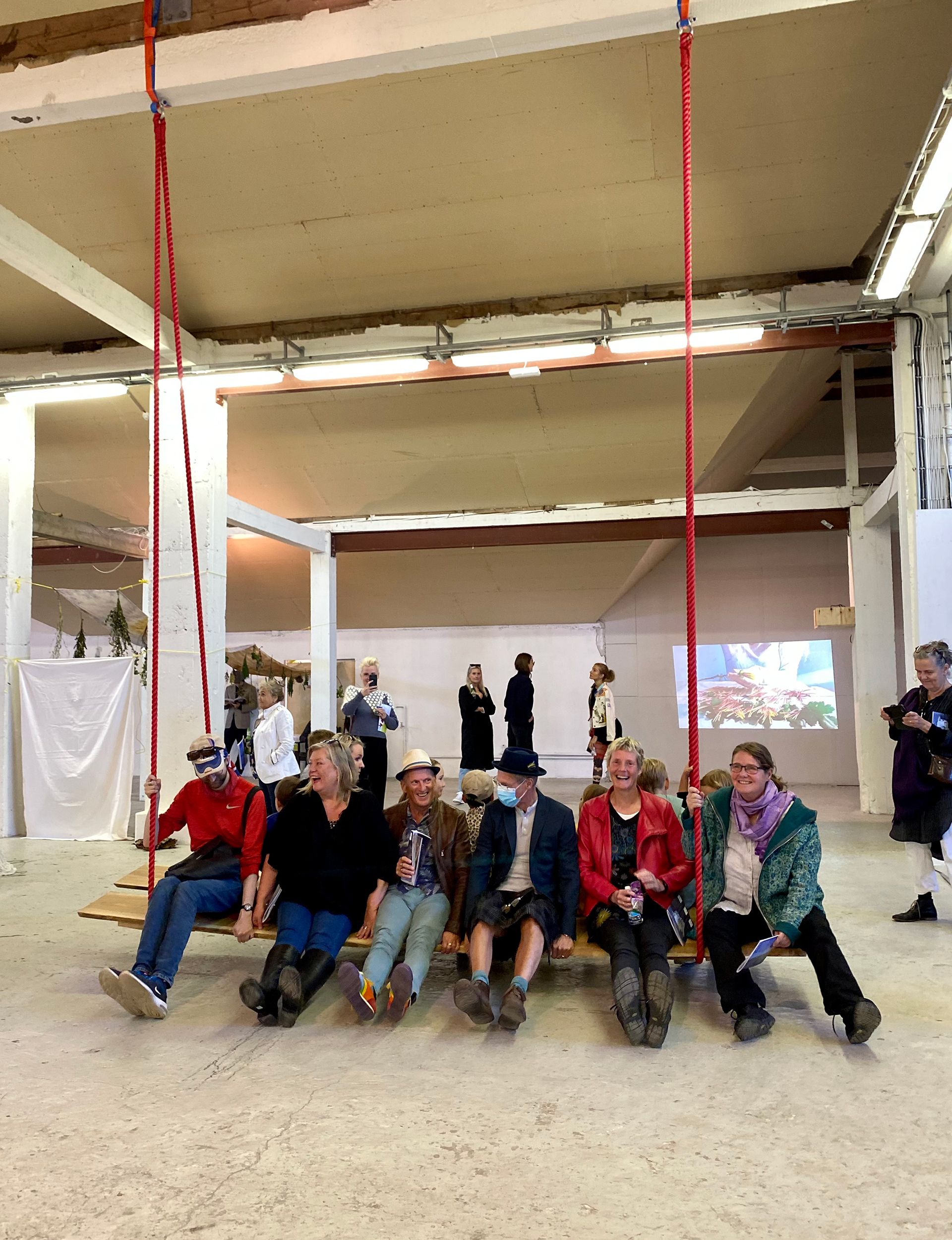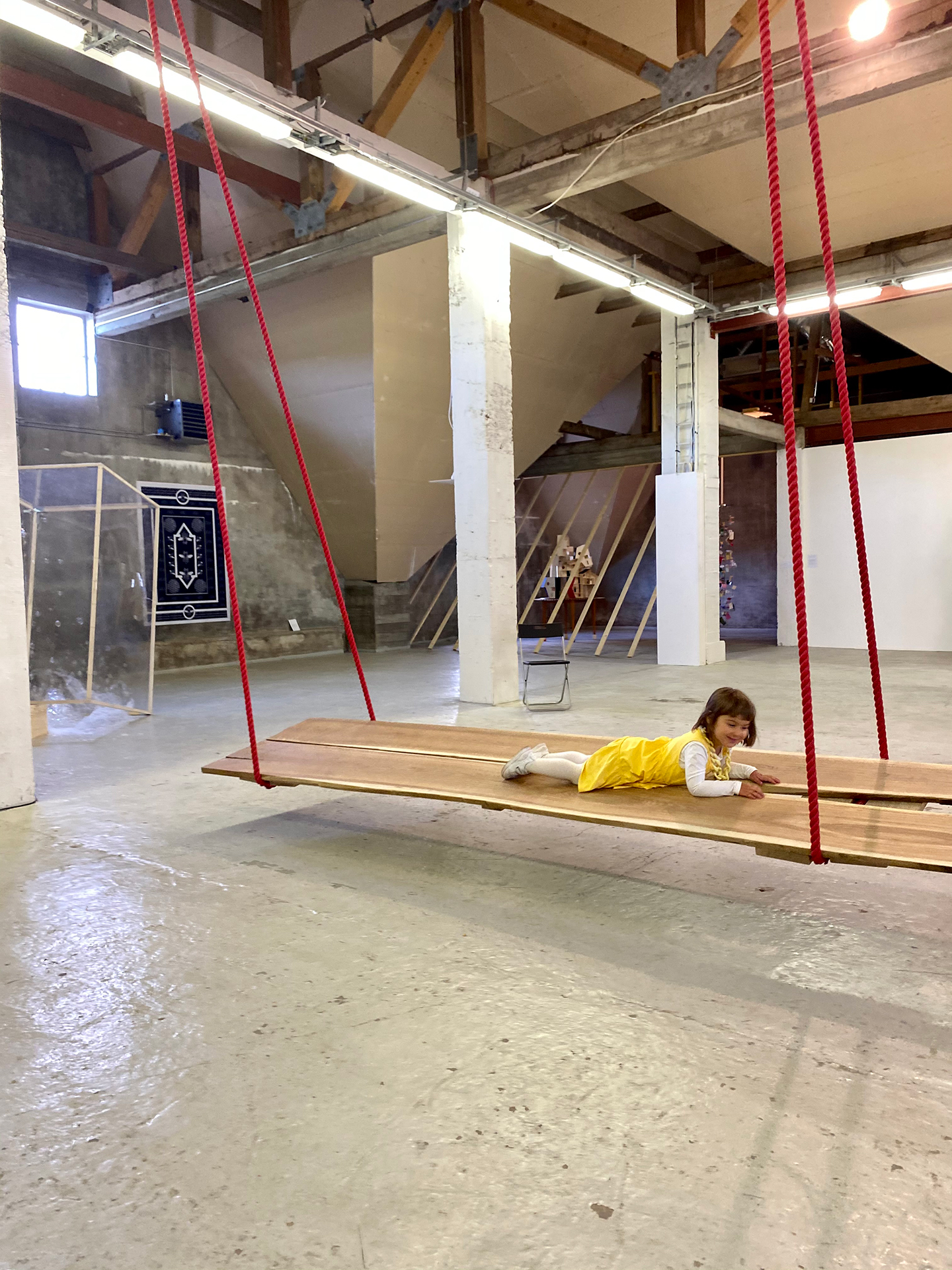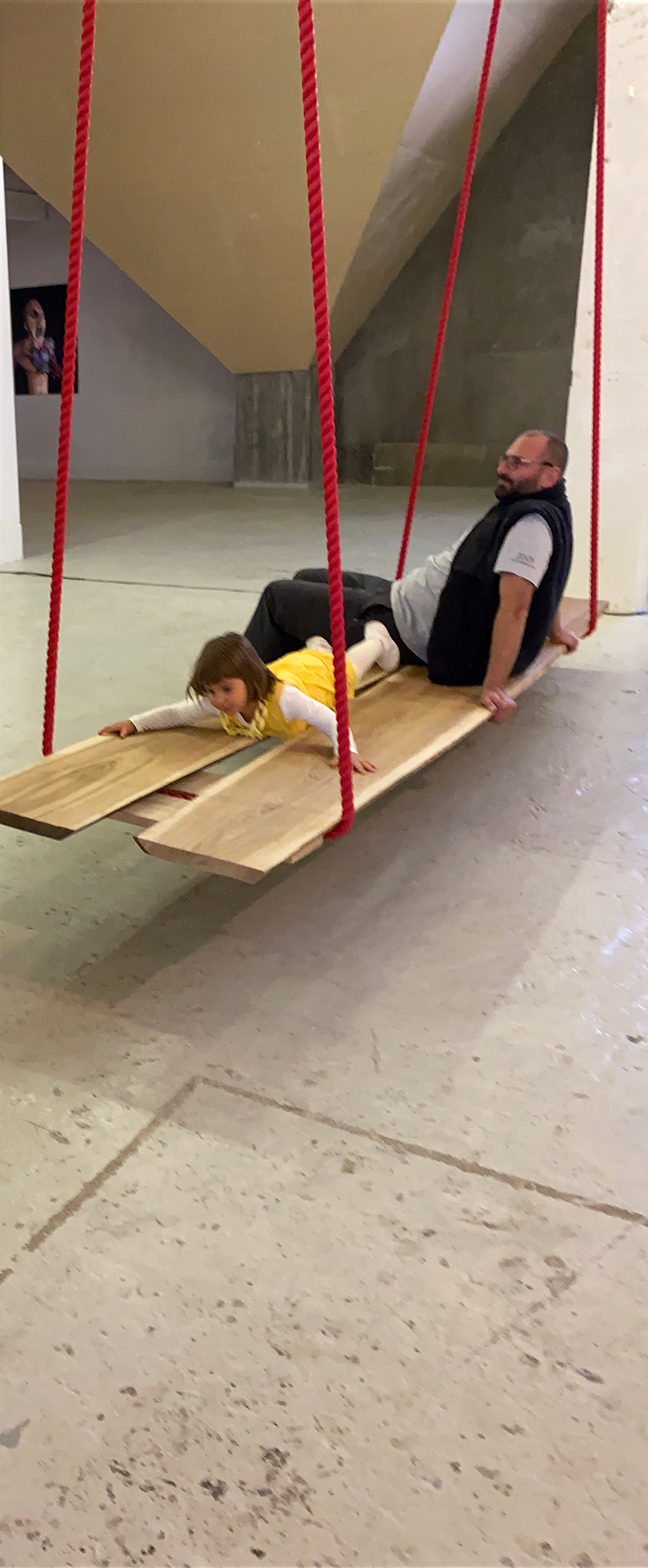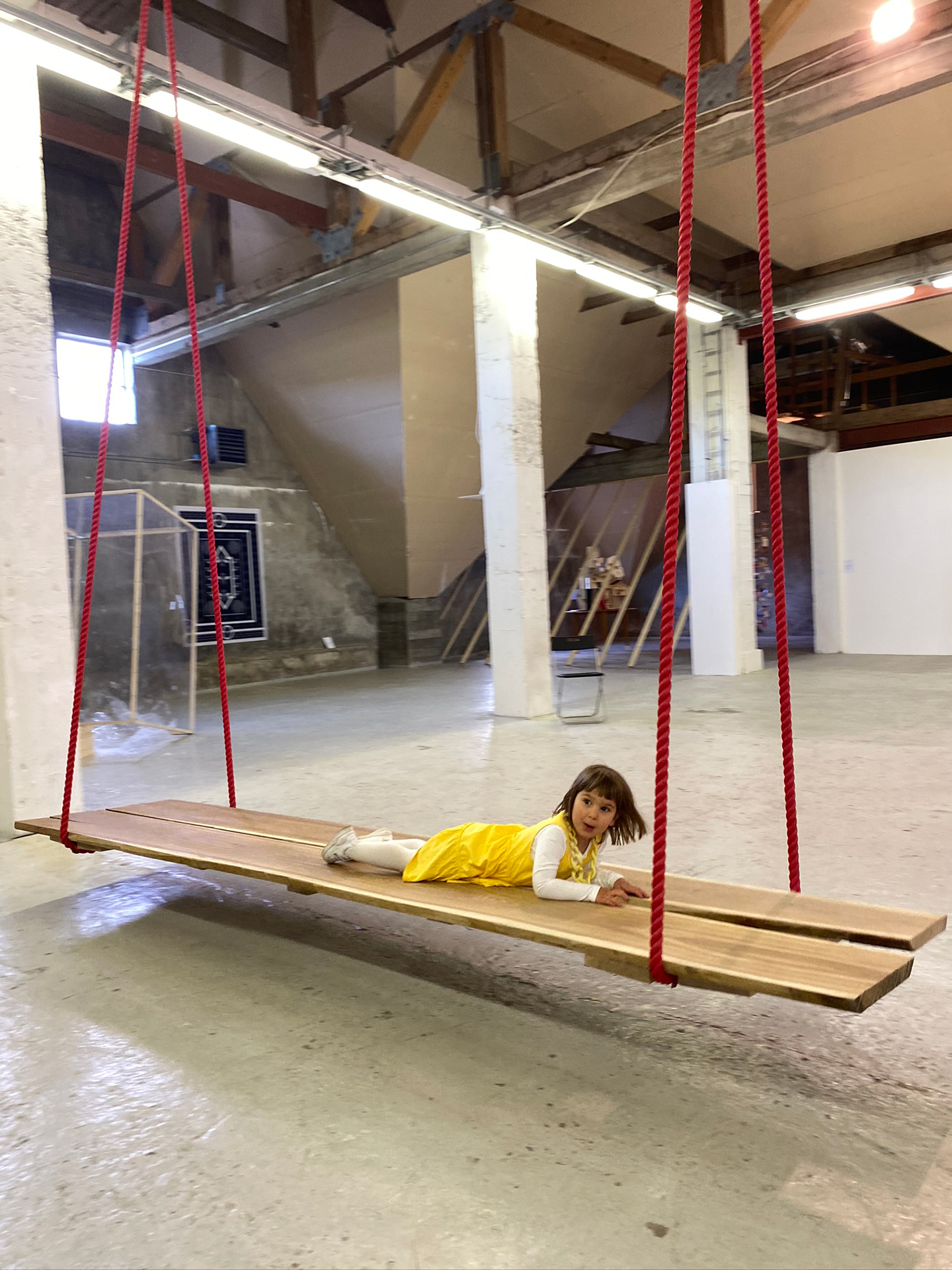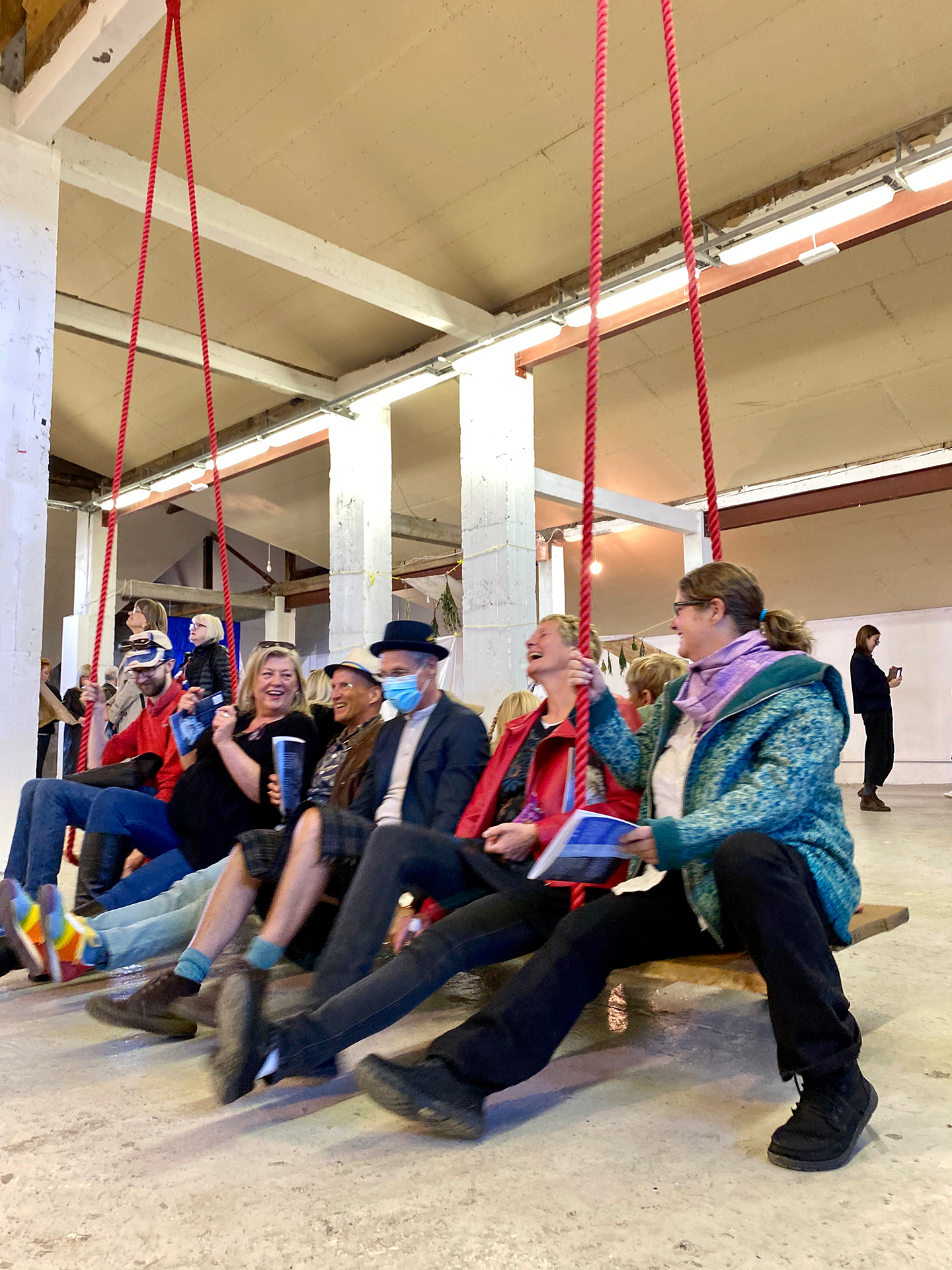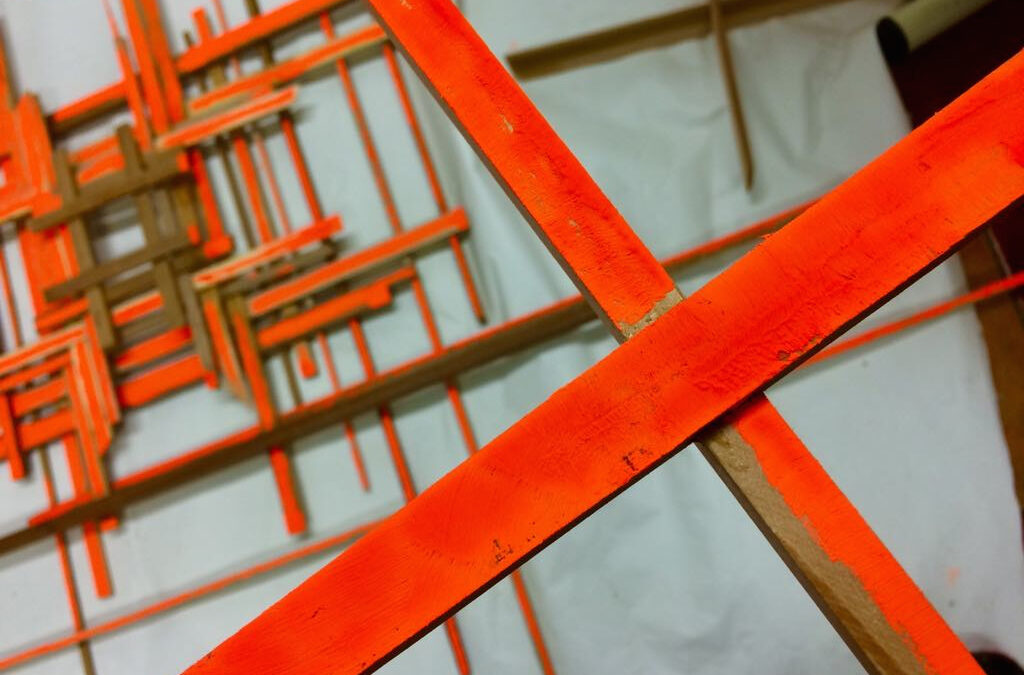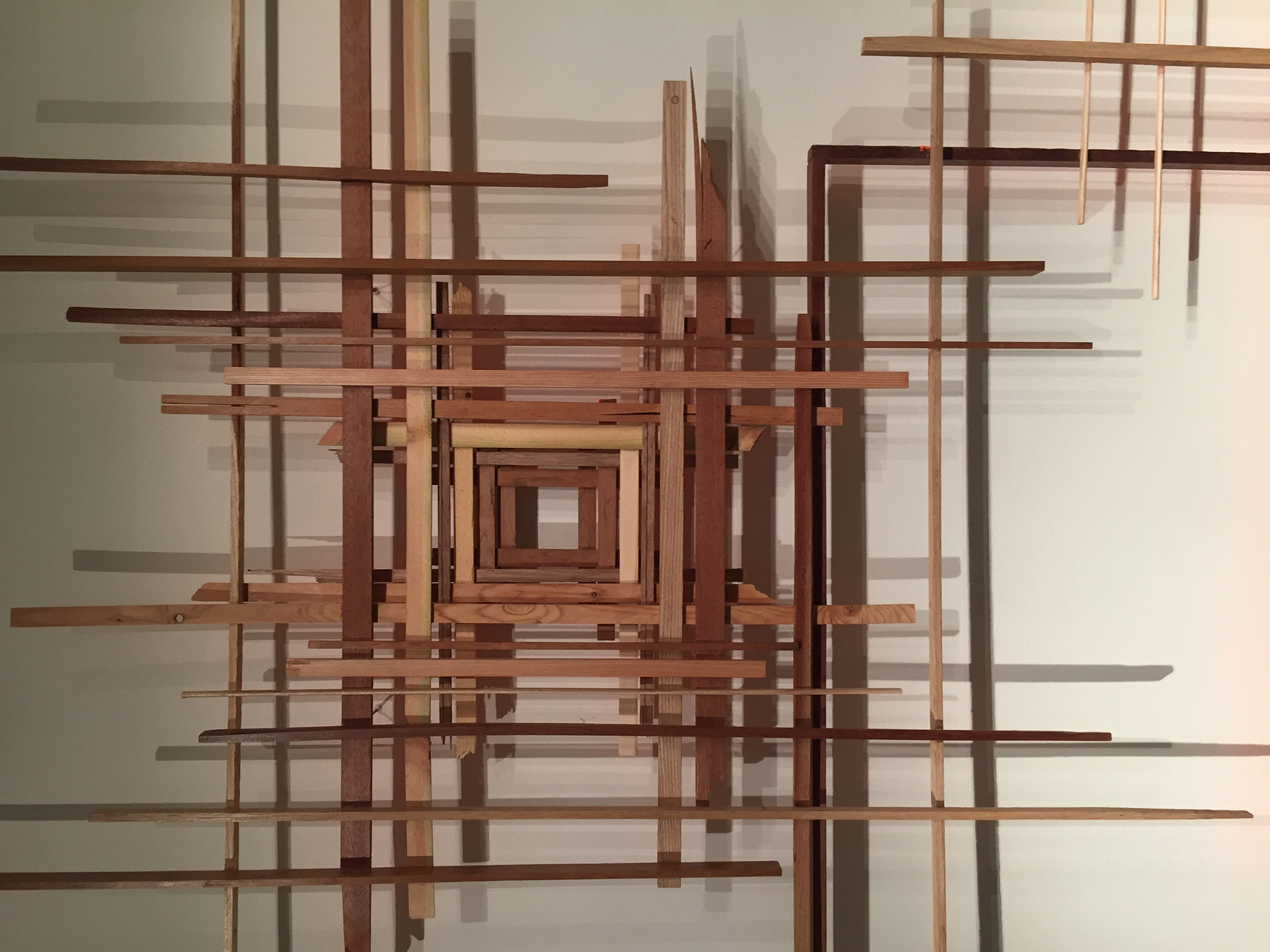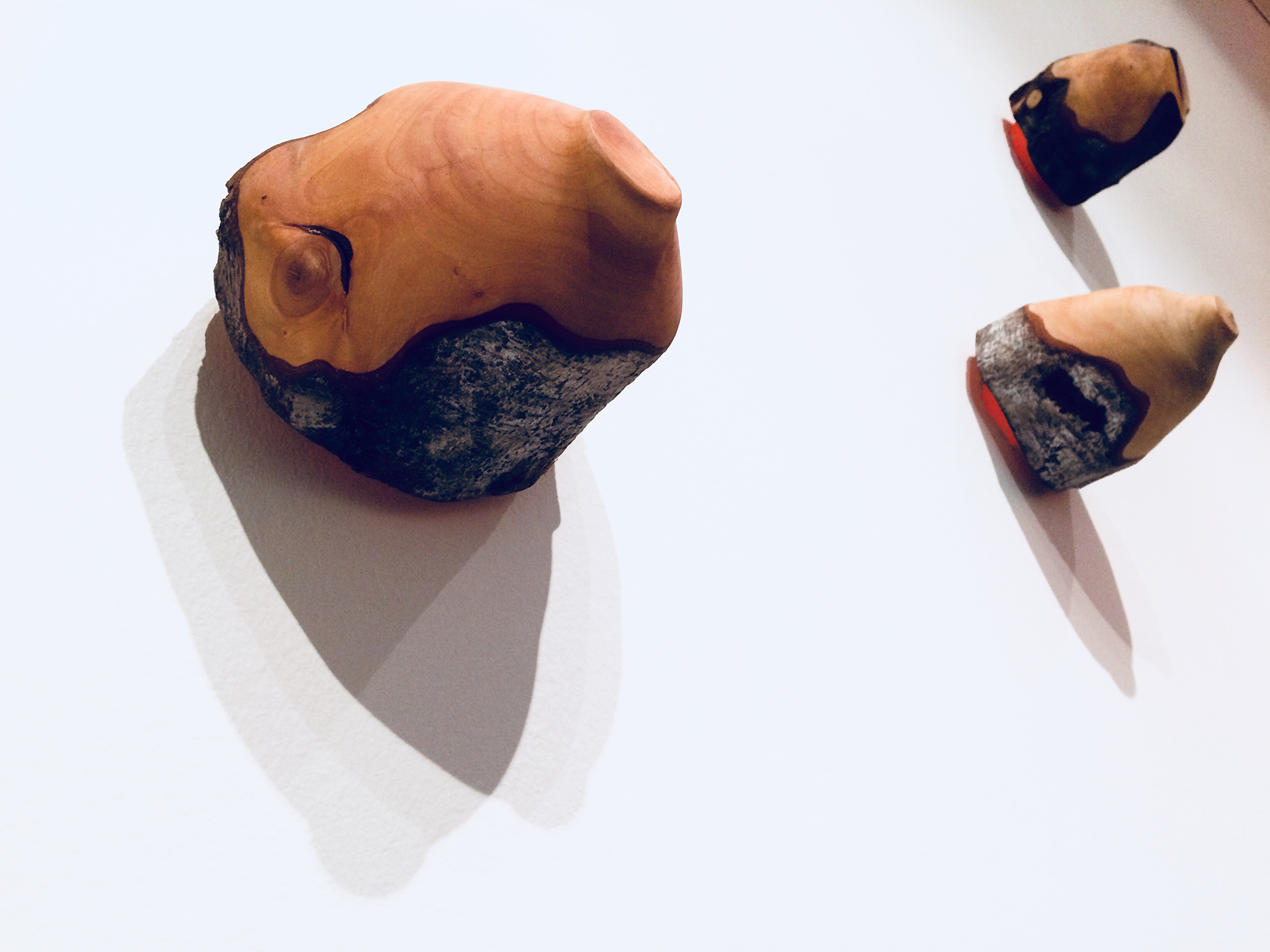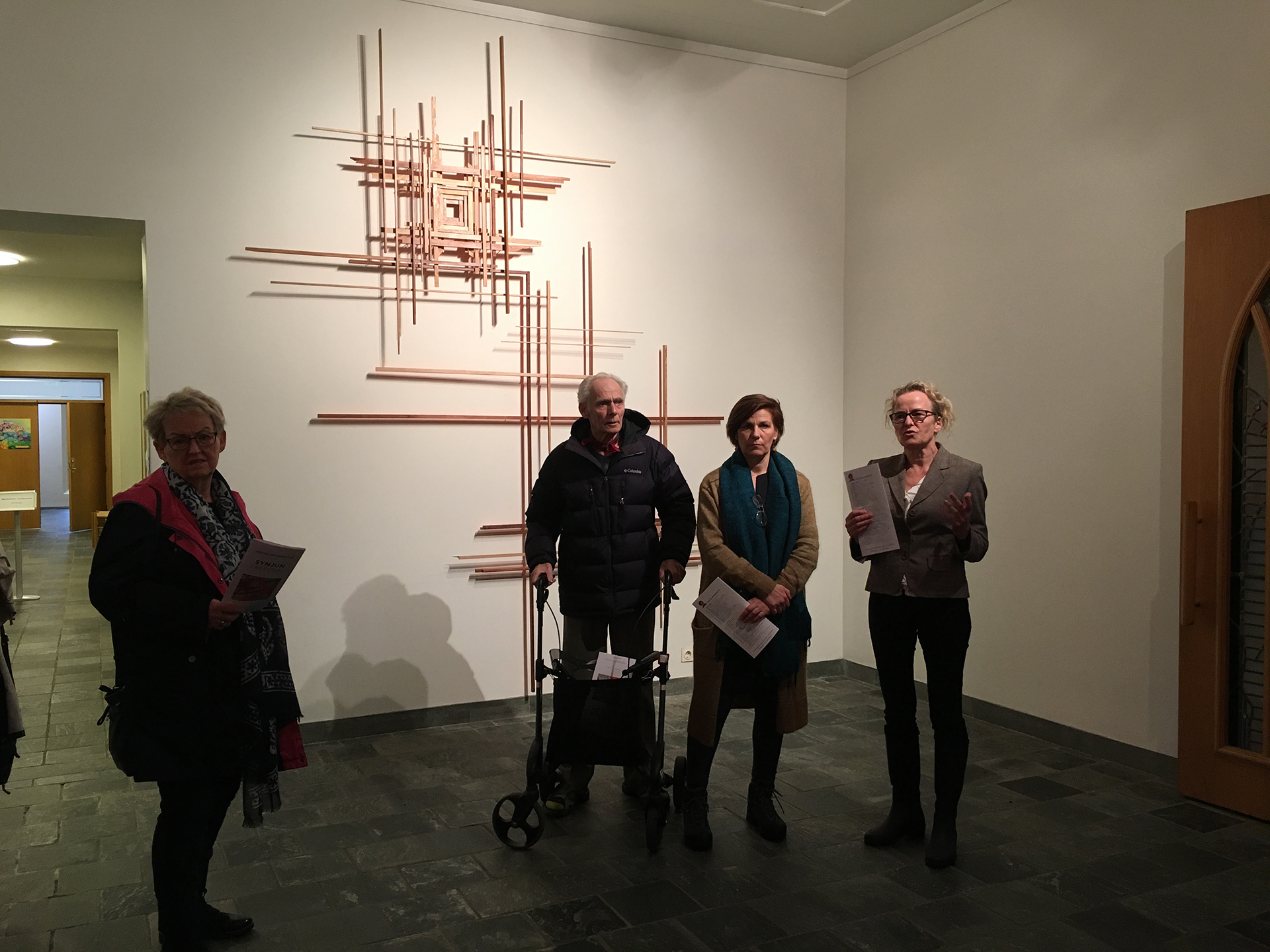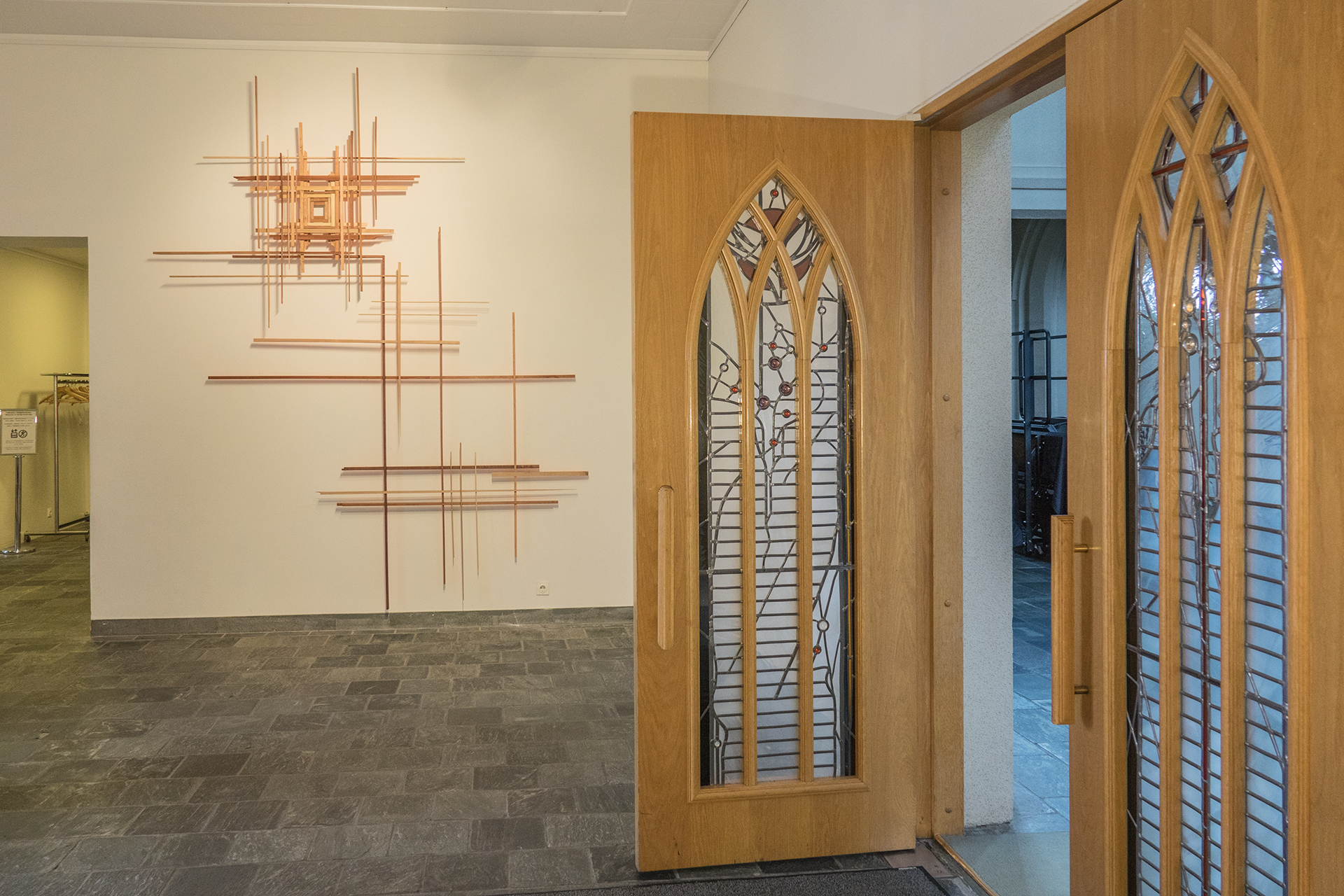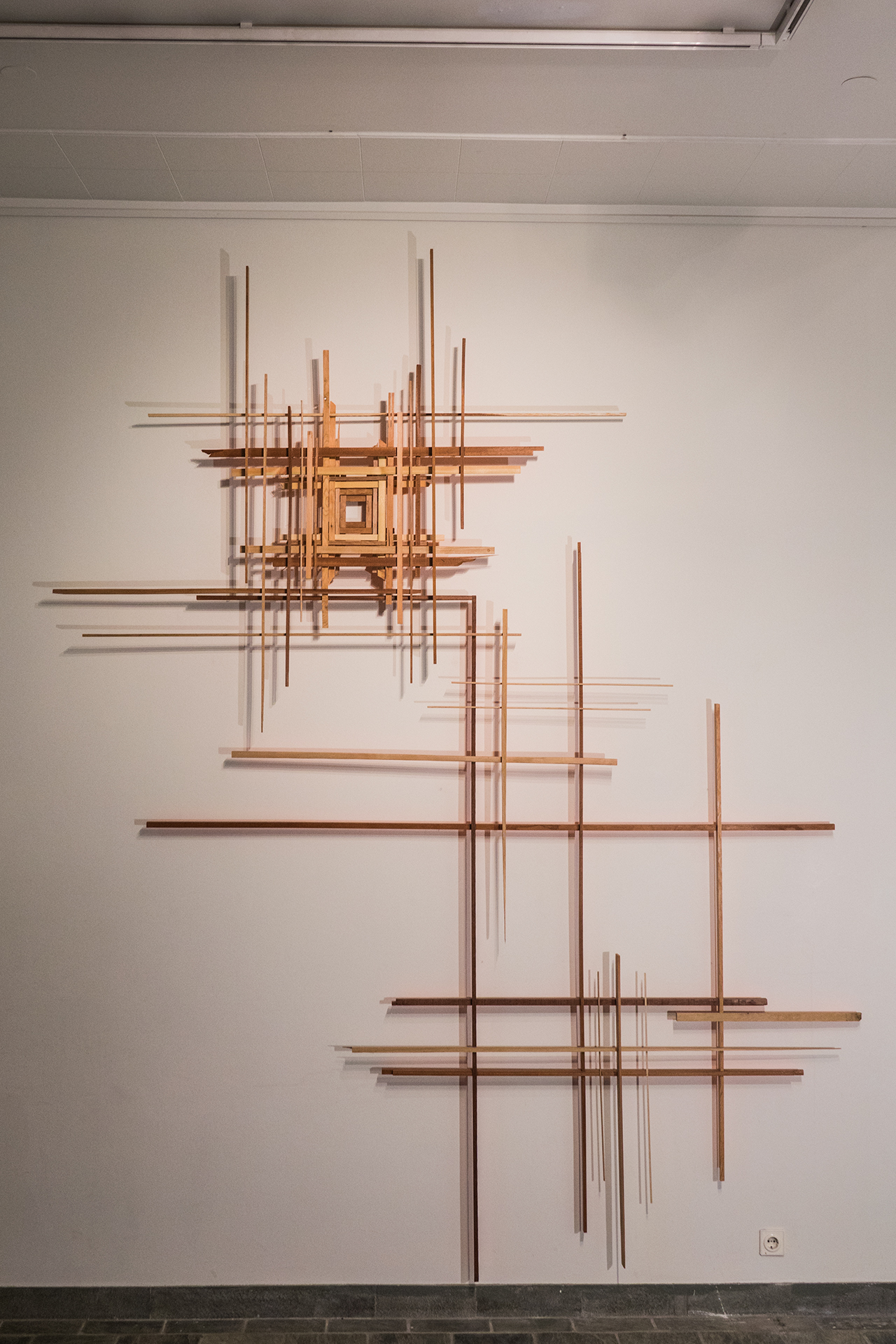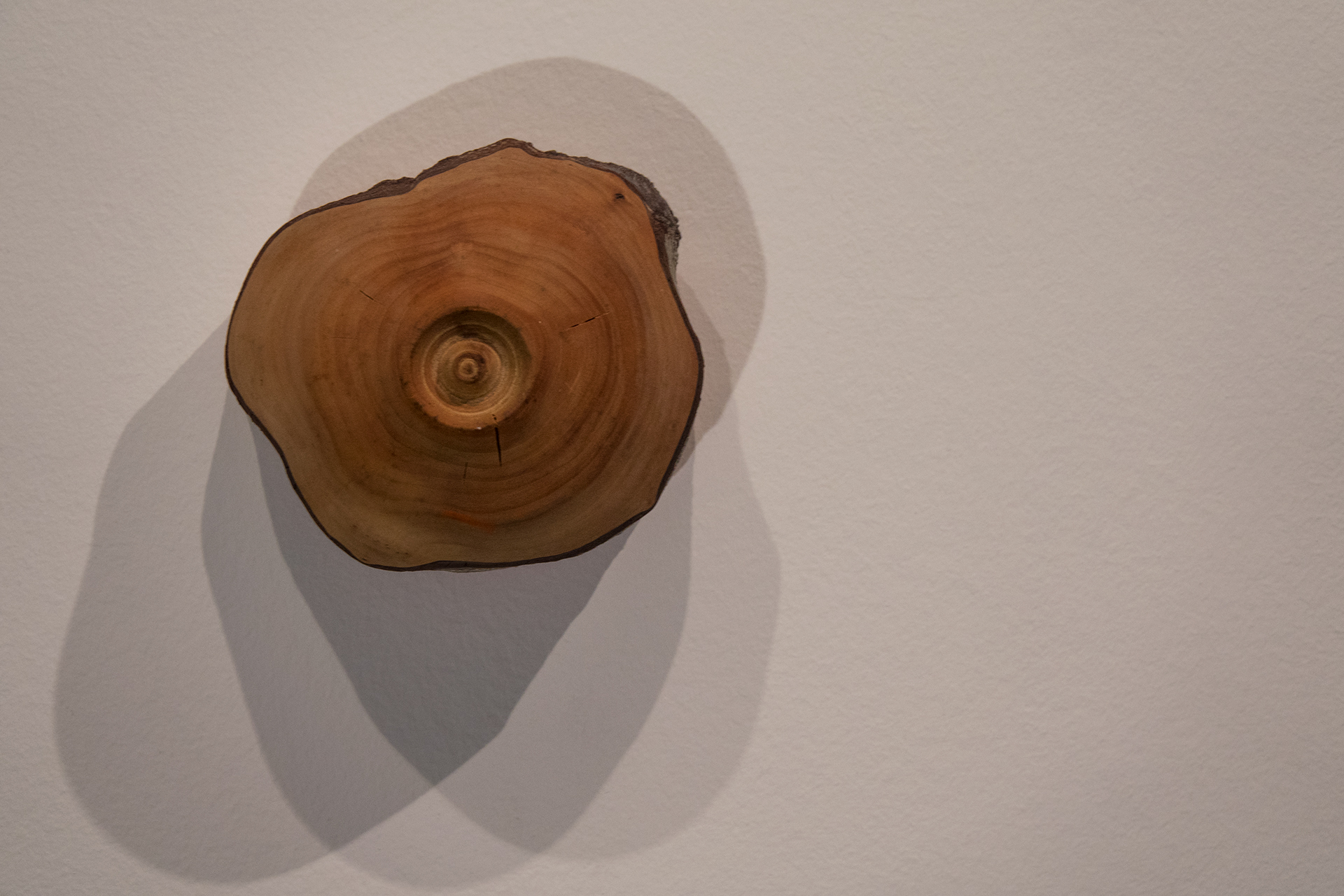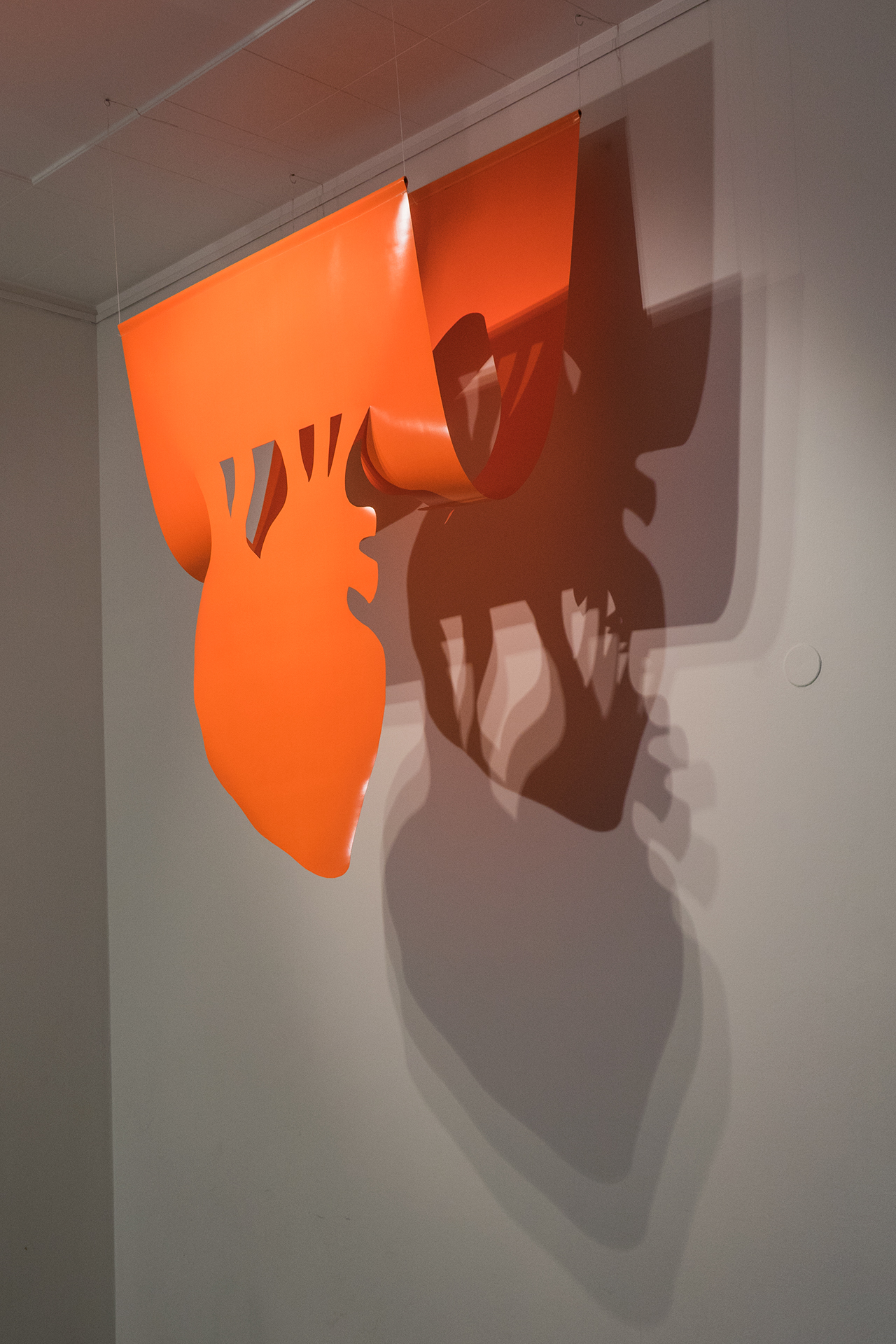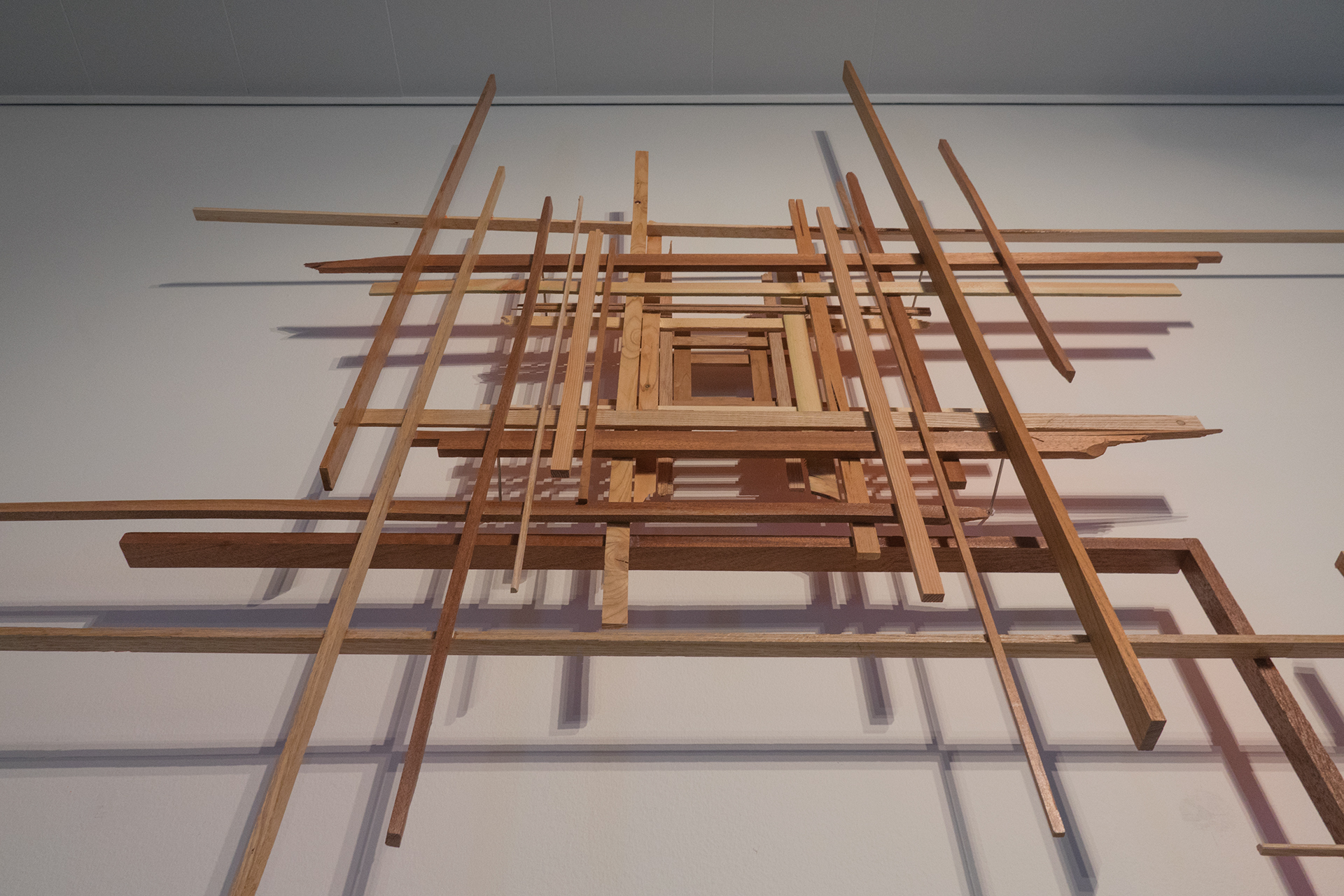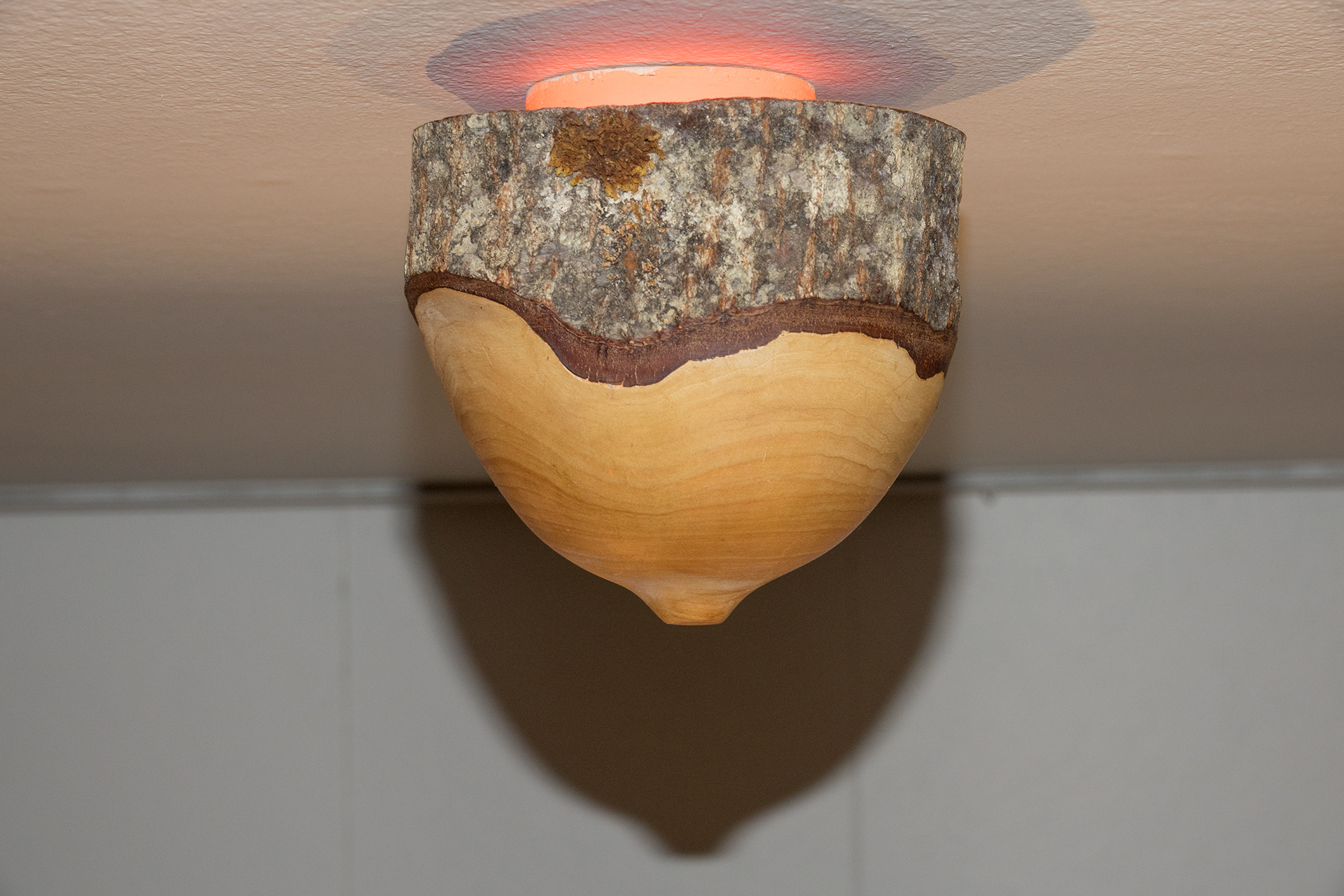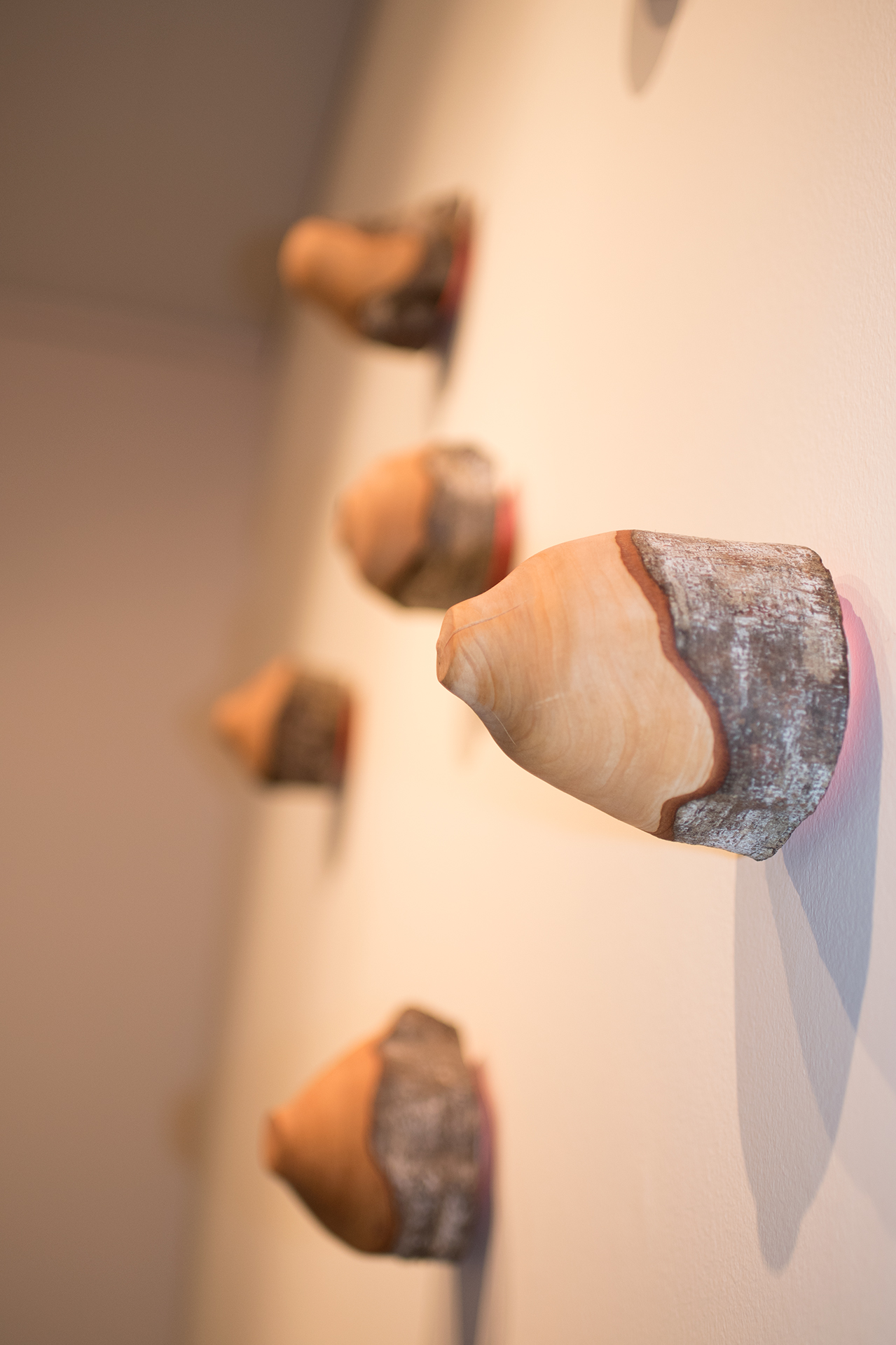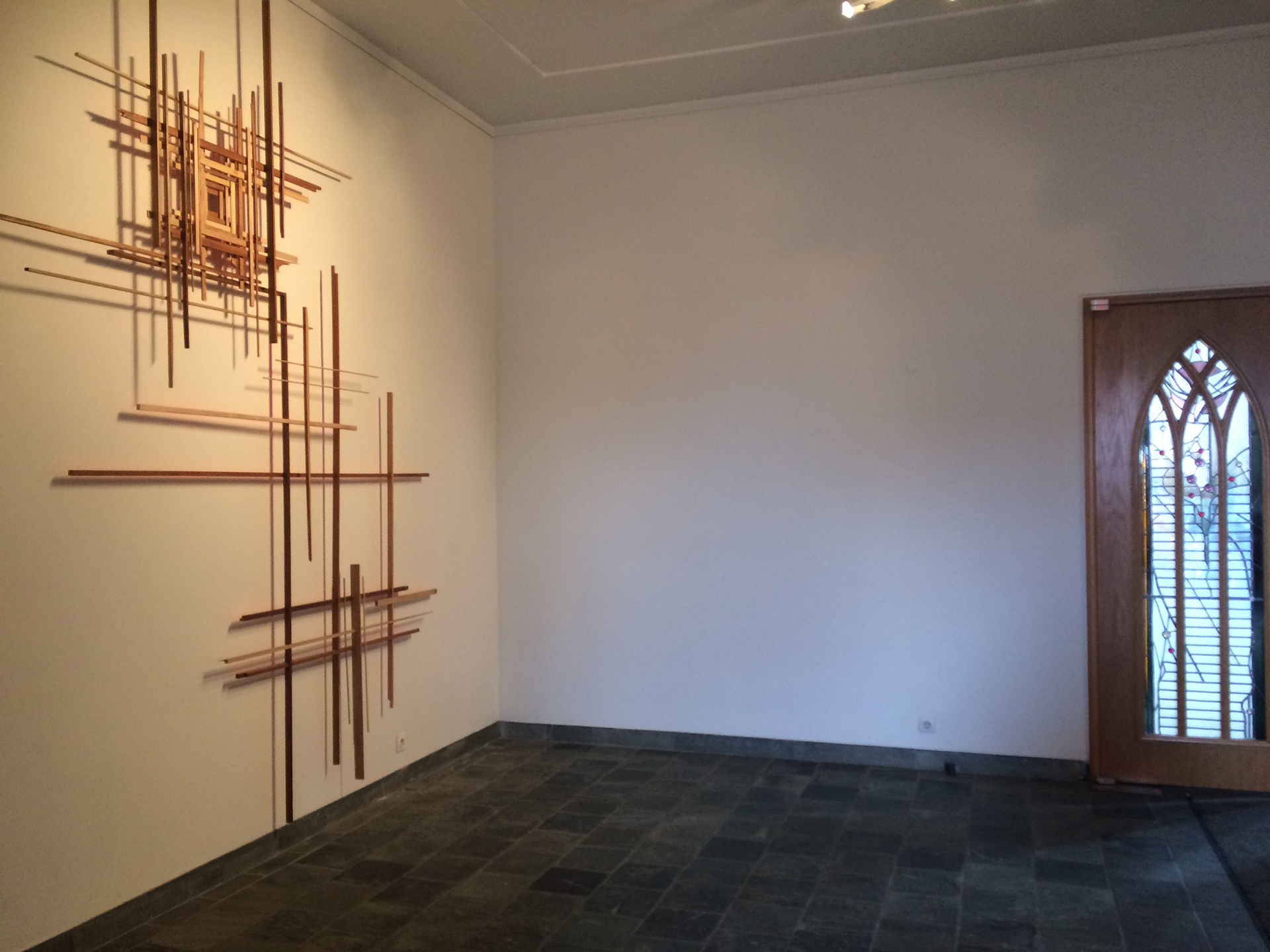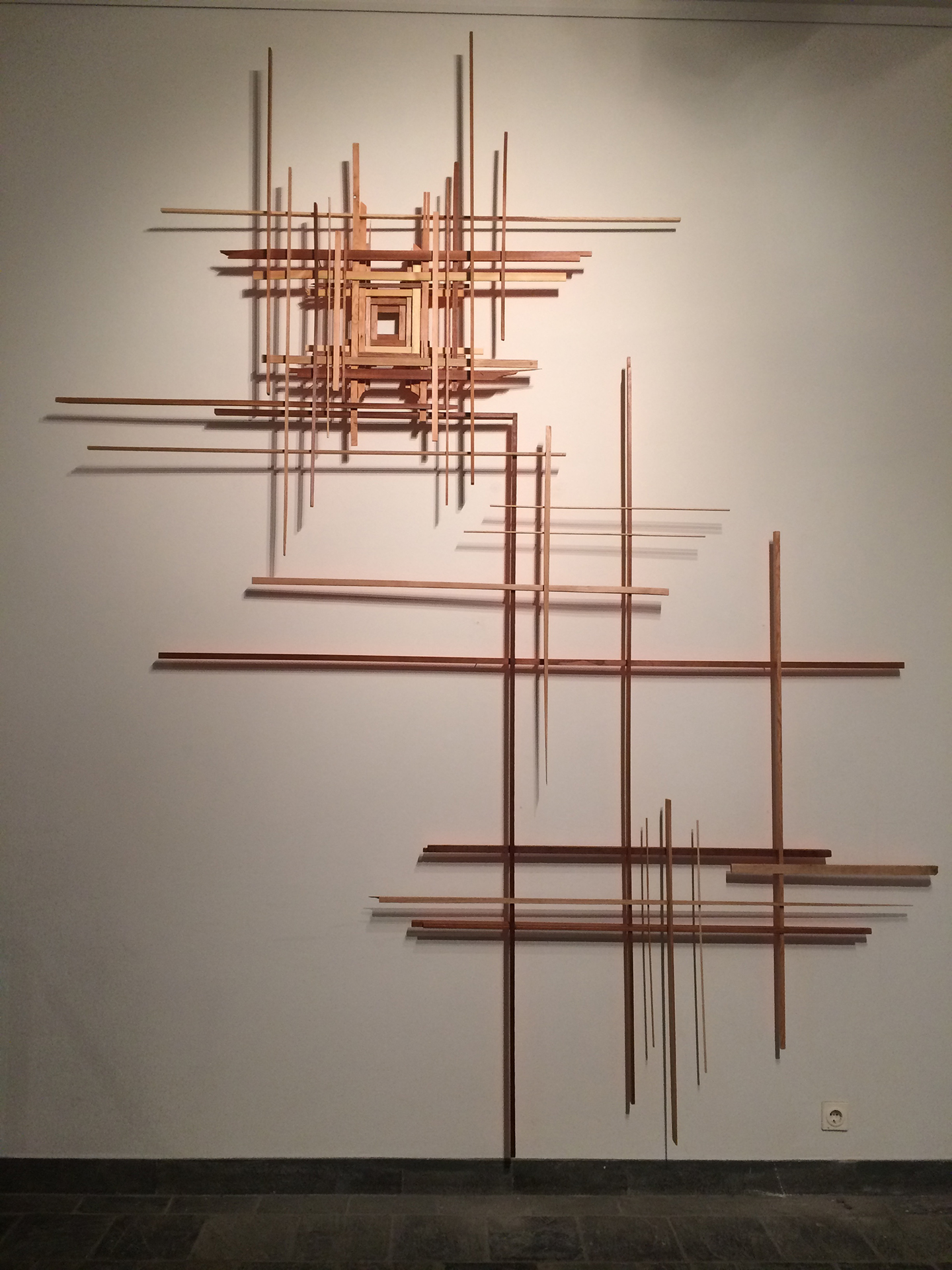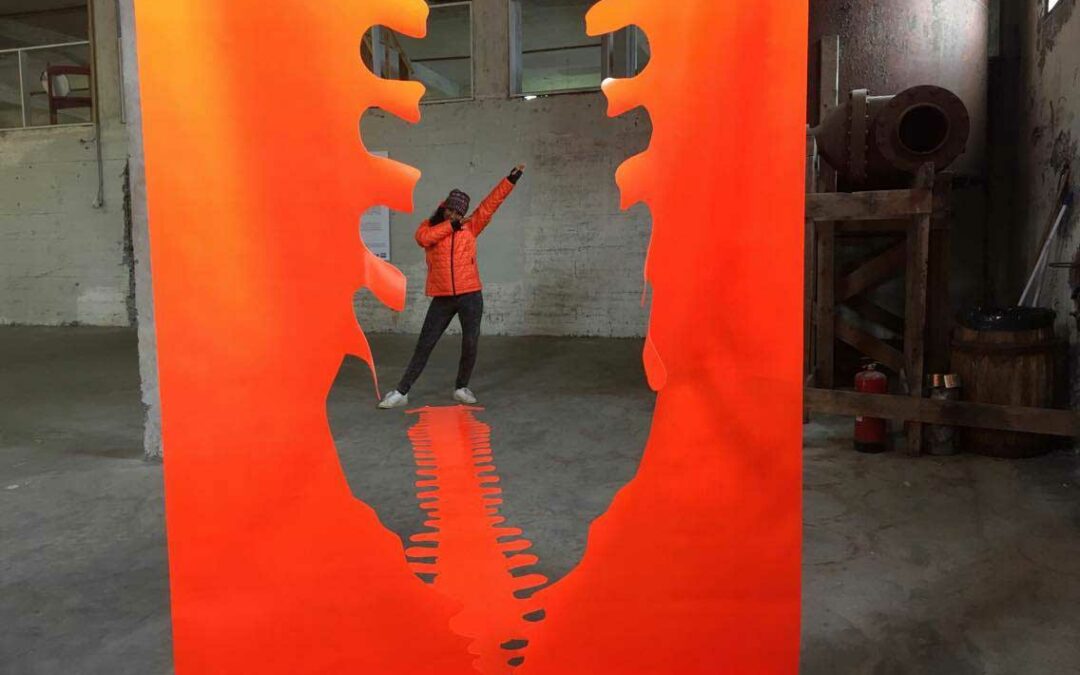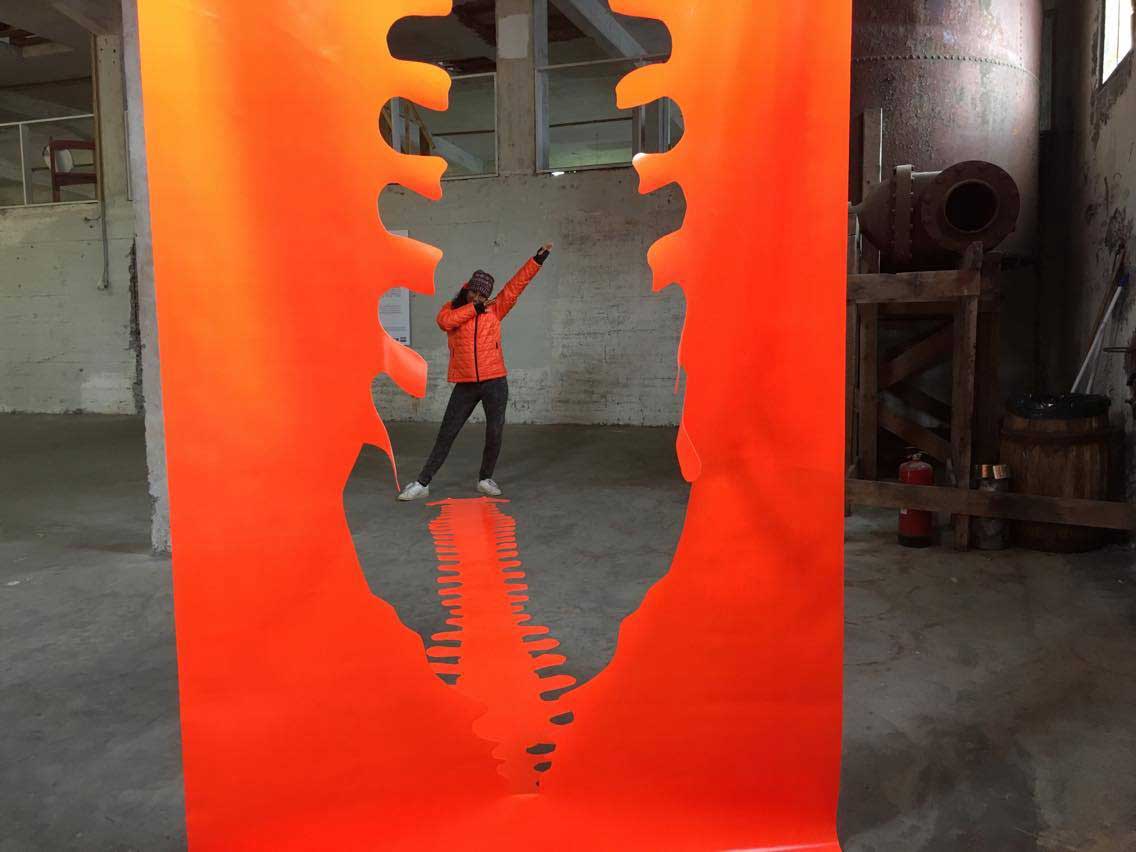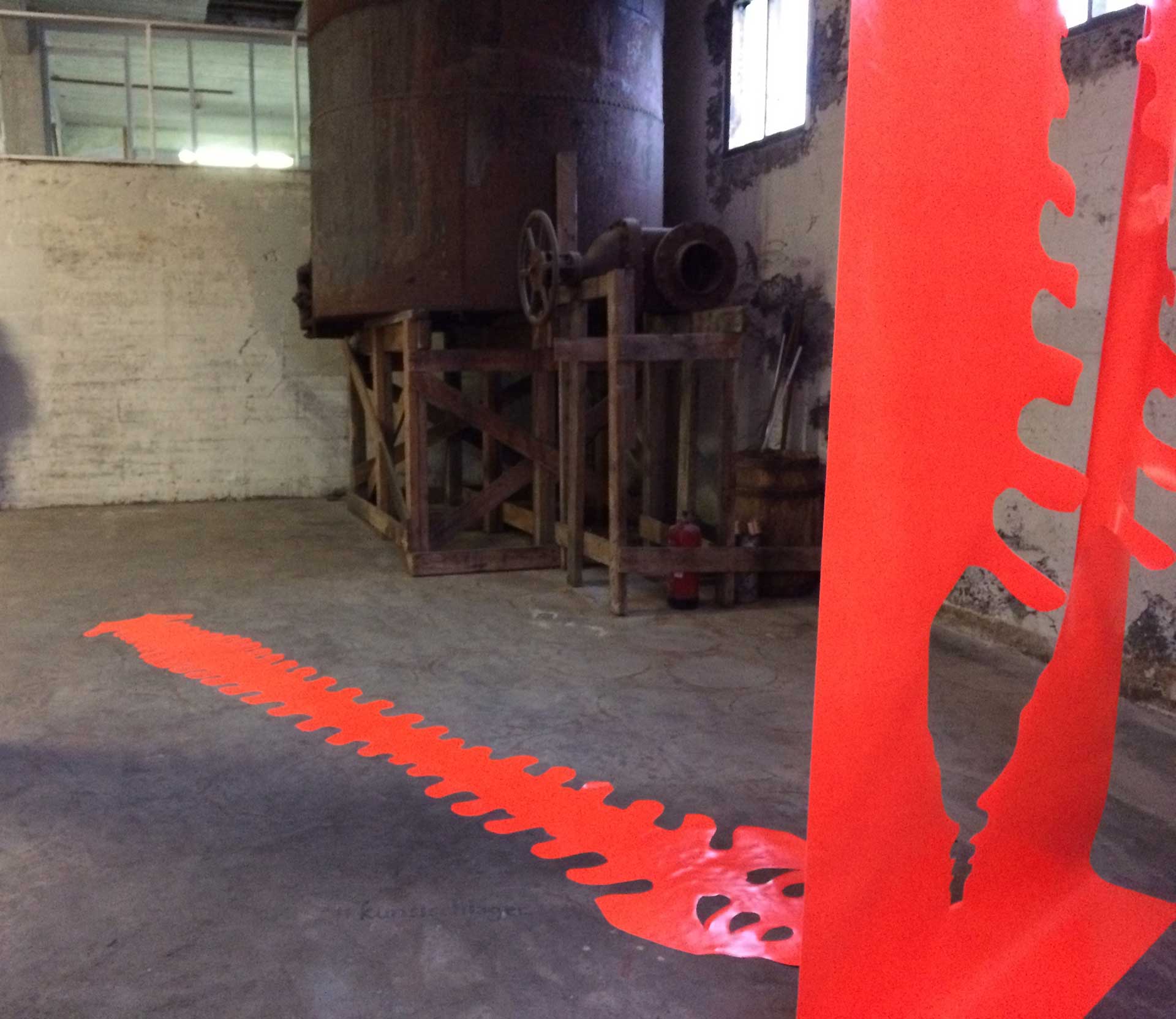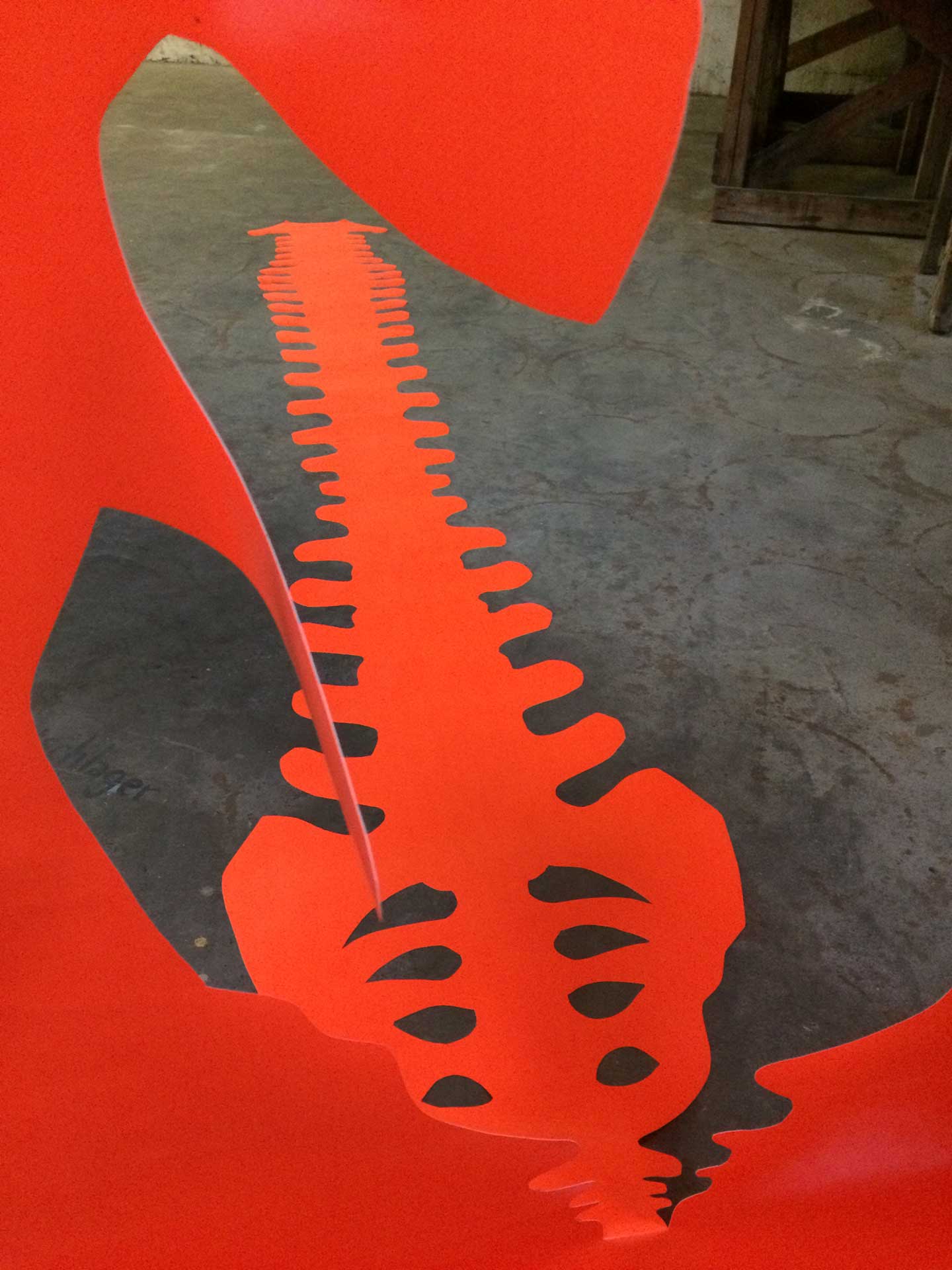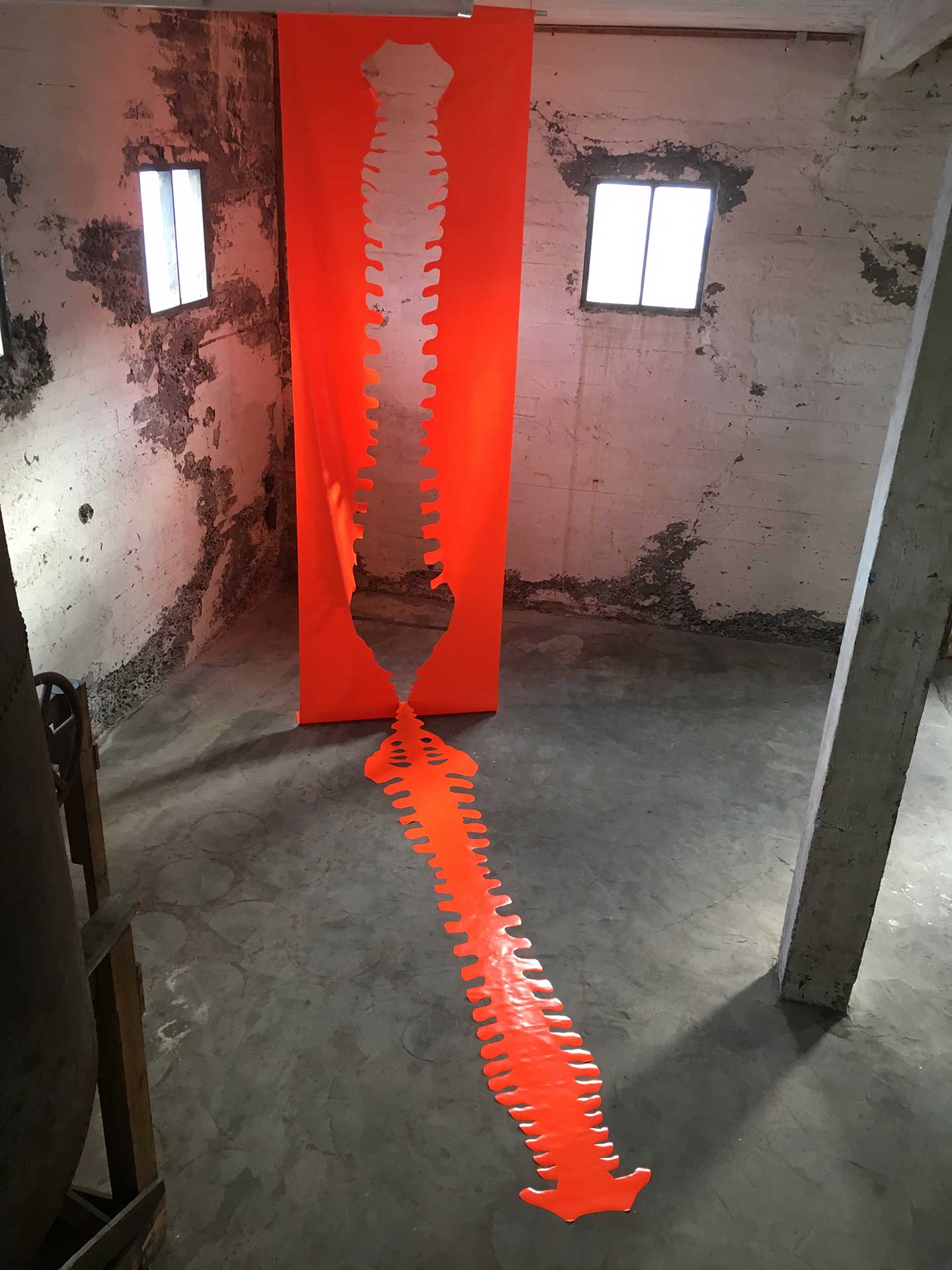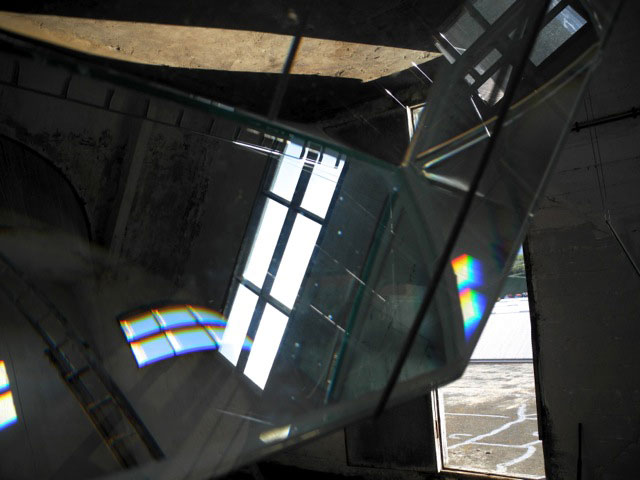
Balance I
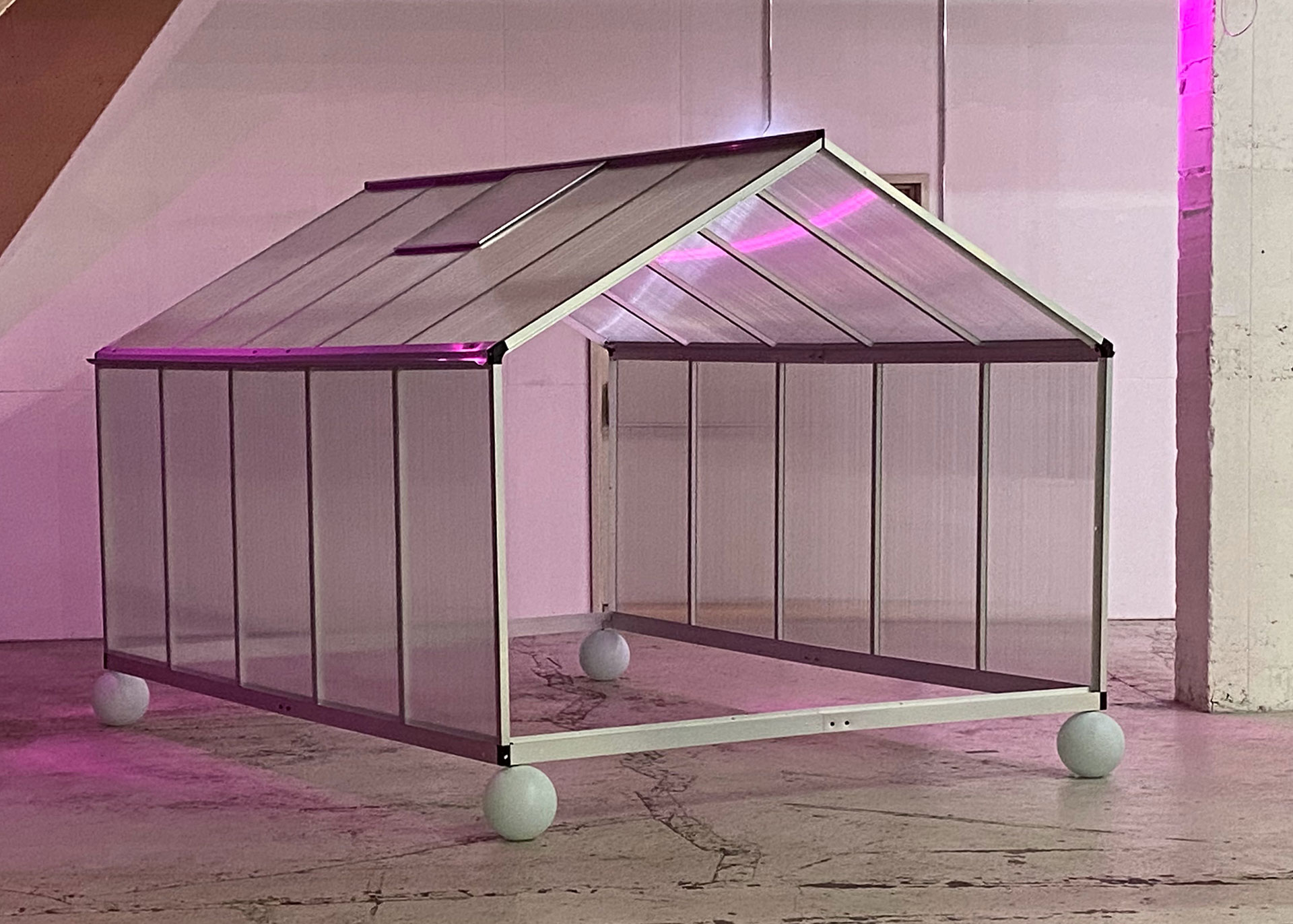
Balance I
Balance I
Common Ground Korpúlfsstaðir. Hvar á ég heima? 2022
Common Ground. Where is my home?
Common Ground is an international project dedicated to the idea of home in the context of migration. It is the result of cooperation between three partners – the Centre of Contemporary Art Znaki Czasu in Toruń, the Academy of Senses in Reykjavik and the Association of Lithuanian Artists in Vilnius. It is built as a platform for cooperation between institutions, artists and scientists in aim to exchange inspiration, knowledge and experience.
Balance I,
My art works are often in the form of installations with reference to things in my local environment. I exhibited a part of a greenhouse and called the piece Balance I, a meditation on the global warming that causes human beings, animals and plants to flee from their homeground to seek shelter and livelyhood.
A house, an indication of a greenhouse with each corner tilted on a ball. Like sitting on four global earths or balloons —floating on the ocean.The Global warming has changed borders and affected human living and habitat. Many have lost their homes, their shelters and have been forced to break their roots. With the access of the internet it is easy to know what is happening all around the globe. It is easy as well to not be present when at home.
Home is in my heart, friends and family, vegetation and animals, where love and emotions are free to thrive and mature. Also some kind of a global secure place in the heart to connect and care for other living beings.
